Big cats have always captured the imagination of people across the globe. Their grace, power, and beauty are unparalleled, and their ability to adapt to some of the most extreme environments on Earth is nothing short of astounding. From the icy tundras to the blistering deserts, these majestic creatures have evolved to survive and thrive in conditions that would challenge any living being. In this article, we’ll explore ten big cats that call the harshest climates on Earth their home. Each one is a testament to nature’s incredible adaptability and resilience.
Siberian Tiger: Lord of the Frozen Forest
The Siberian Tiger, also known as the Amur Tiger, roams the icy wilderness of the Russian Far East. These magnificent cats have adapted to the bone-chilling cold with a thick fur coat that acts like a natural thermal blanket. Their long legs help them trek through deep snow, while their large paws act like snowshoes, preventing them from sinking. Siberian Tigers are solitary hunters, relying on their acute sense of hearing and sight to stalk prey in the dense forests. Despite their size, these tigers can move silently, a crucial skill for ambushing unsuspecting prey. Unfortunately, habitat loss and poaching have dwindled their numbers, making conservation efforts more vital than ever. These tigers are a symbol of strength and beauty, embodying the wild, untamed essence of the forests they inhabit.
Cheetah: Speedster of the African Savannas
The Cheetah, renowned for its incredible speed, inhabits the vast and often unforgiving African savannas. Unlike other big cats, cheetahs have evolved to prioritize speed over strength, reaching up to 60 miles per hour in pursuit of prey. Their slender bodies, long legs, and lightweight frame are perfect for chasing down fast-moving antelopes in open grasslands. However, their speed comes at a cost; cheetahs tire quickly and must catch their prey within a short burst. Despite these challenges, they are highly efficient hunters, using their keen eyesight to spot prey from a distance. Cheetahs face threats from habitat loss and competition with larger predators, but conservationists are working tirelessly to ensure their survival. The cheetah’s grace and agility make it a marvel of nature, perfectly adapted to its environment.
Snow Leopard: Ghost of the Mountain Peaks
Known as the “Ghost of the Mountains,” the Snow Leopard is a master of stealth and camouflage. These elusive cats inhabit the rugged mountain ranges of Central and South Asia, where they blend seamlessly with the rocky terrain. Their thick, woolly fur provides insulation against the biting cold, while their long, bushy tails help maintain balance on treacherous slopes. Snow Leopards are solitary by nature, often seen as solitary phantoms against the stark mountain backdrop. They are expert climbers, able to leap great distances to ambush prey such as blue sheep and mountain goats. Despite their elusive nature, Snow Leopards are vulnerable to poaching and habitat fragmentation. Conservation efforts are focused on protecting their habitats and reducing human-wildlife conflict. The Snow Leopard’s mystique and adaptability make it one of the most fascinating big cats in the world.
Cougar: The Versatile Predator
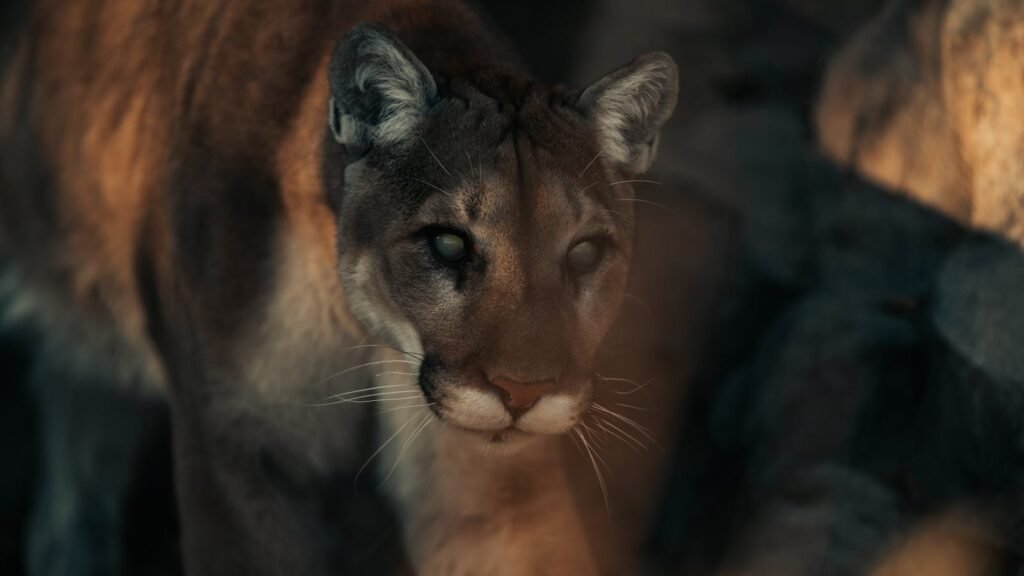
Cougars, also known as Mountain Lions or Pumas, are one of the most adaptable big cats, inhabiting a diverse range of environments across the Americas. From the sweltering deserts of the American Southwest to the dense forests of Canada, cougars have proven their ability to thrive in varied climates. Their muscular build and powerful hind legs make them excellent jumpers and climbers, essential skills for navigating their habitats. Cougars are solitary and elusive, often hunting at dawn or dusk when they are less likely to be seen. They are opportunistic predators, capable of taking down prey much larger than themselves. Human encroachment and habitat destruction pose significant threats to their populations, but conservation measures are in place to protect these magnificent creatures. Cougars’ adaptability and prowess make them formidable predators and a vital part of their ecosystems.
Lion: Kings of the African Plains
Lions, often referred to as the “Kings of the Jungle,” actually dwell in the open savannas and grasslands of Africa. Unlike most big cats, lions are highly social, living in prides that work together to hunt and protect their territory. Their tawny coats provide camouflage in the golden grasses, while their powerful muscles make them formidable hunters. Lions primarily hunt in the cooler hours of dawn or dusk, using teamwork and strategy to take down large prey such as wildebeests and zebras. However, lions face numerous challenges, including habitat loss and conflicts with humans. Conservationists are working to safeguard their habitats and promote coexistence between lions and local communities. The lion’s majestic presence and social dynamics make it a symbol of strength and unity in the animal kingdom.
Jaguar: Stealthy Stalker of the Rainforest
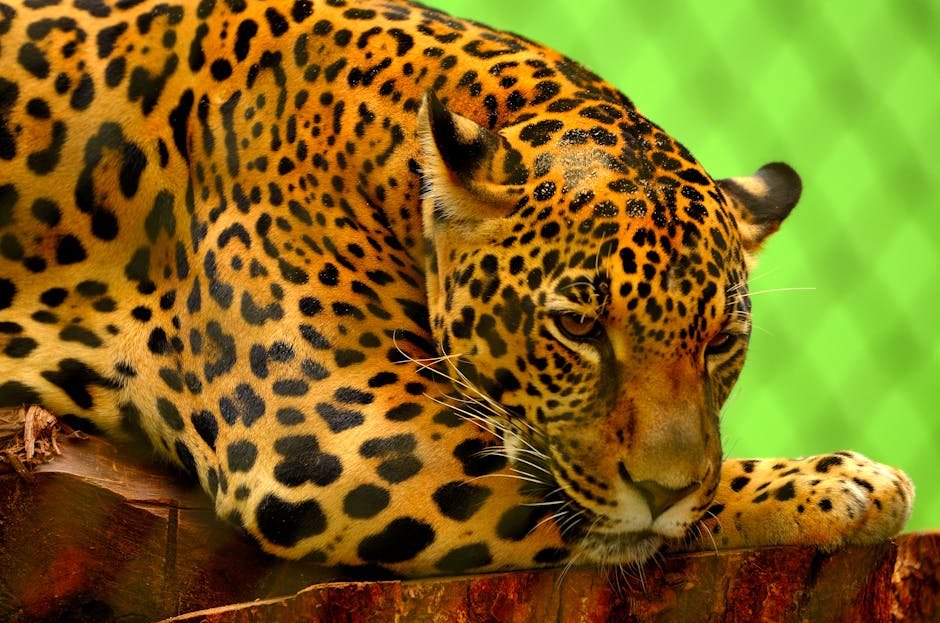
The Jaguar, with its striking rosette-patterned coat, is a master of stealth in the dense rainforests of Central and South America. Jaguars are solitary hunters, relying on their powerful jaws and stealth to ambush prey. They are excellent swimmers, often hunting along riverbanks and even catching fish. Jaguars’ adaptability allows them to thrive in diverse environments, from tropical rainforests to arid scrublands. However, deforestation and habitat fragmentation threaten their populations, putting them at risk. Efforts to protect their habitats and promote sustainable land use are essential for their survival. The jaguar’s beauty and strength make it a revered creature, embodying the wild spirit of the jungle.
Caracal: The Desert Acrobat
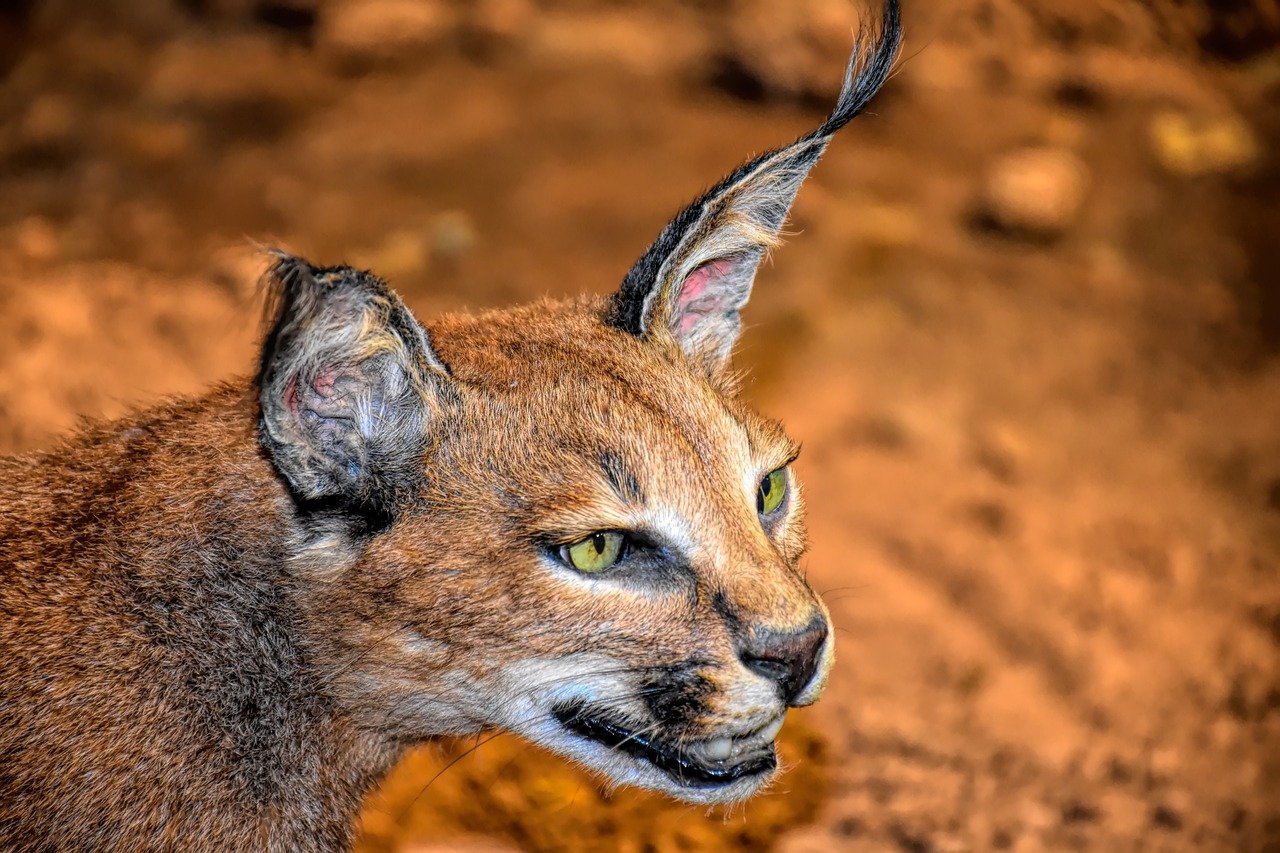
The Caracal, with its distinctive tufted ears, is a remarkable feline adapted to the harsh conditions of Africa’s deserts and savannas. These agile cats are known for their incredible leaping ability, capable of catching birds in mid-air. Caracals have a reddish-brown coat that blends seamlessly with their arid surroundings, providing excellent camouflage. Despite their small size compared to other big cats, caracals are formidable hunters, preying on small mammals and birds. They are solitary and mostly nocturnal, preferring to hunt under the cover of darkness. Habitat loss and human encroachment pose threats to their populations, but conservation efforts are underway to protect these unique felines. The caracal’s agility and adaptability make it a fascinating example of nature’s ingenuity.
Leopard: The Adaptable Phantom
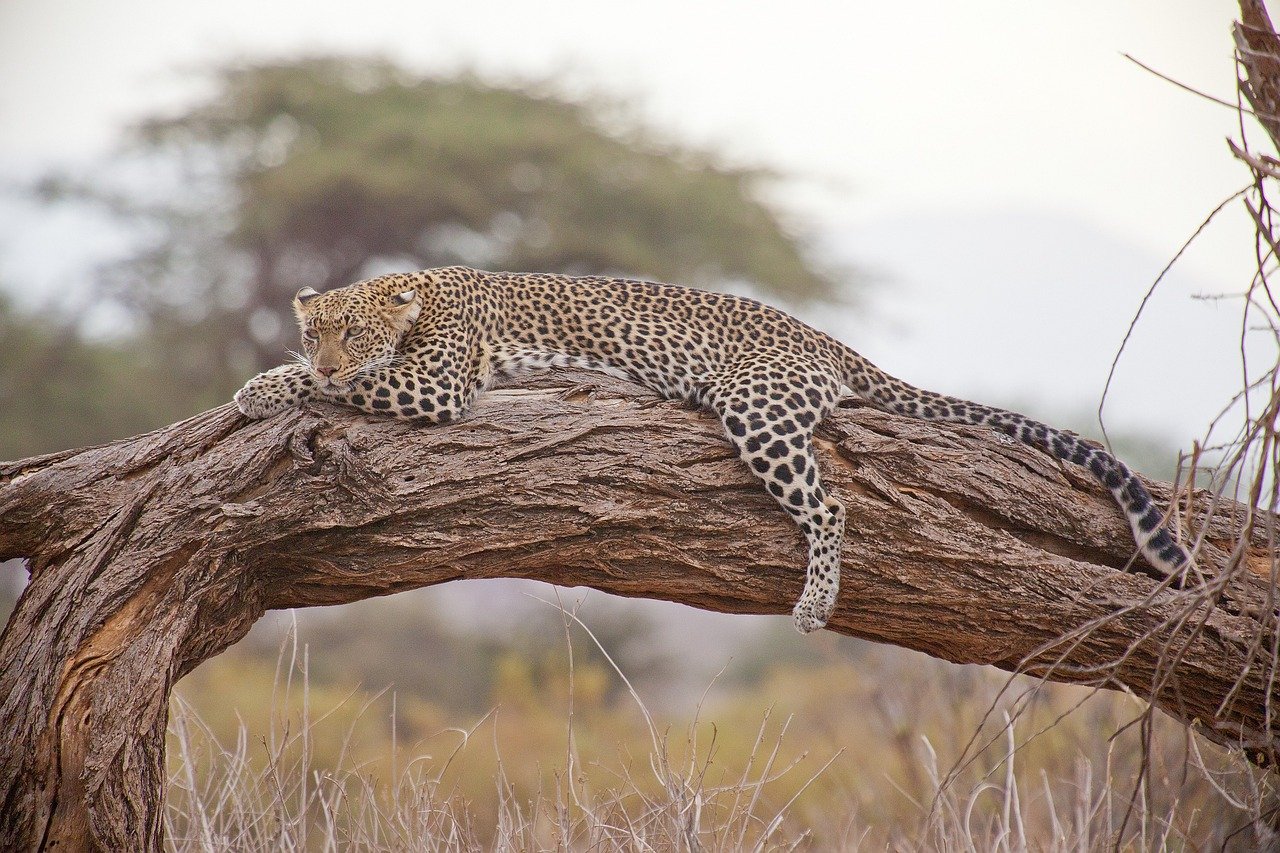
Leopards are one of the most adaptable big cats, inhabiting a wide range of environments from African savannas to Asian forests. Their spotted coats provide excellent camouflage, allowing them to blend into their surroundings and stalk prey undetected. Leopards are solitary and elusive, often hunting at night to avoid competition with other predators. They are skilled climbers, often dragging their prey up into trees to keep it safe from scavengers. Despite their adaptability, leopards face threats from habitat loss and human-wildlife conflict. Conservation efforts are focused on protecting their habitats and promoting coexistence between leopards and local communities. The leopard’s stealth and versatility make it a captivating and resilient predator, able to thrive in diverse landscapes.
Pallas’s Cat: The Secretive Survivor
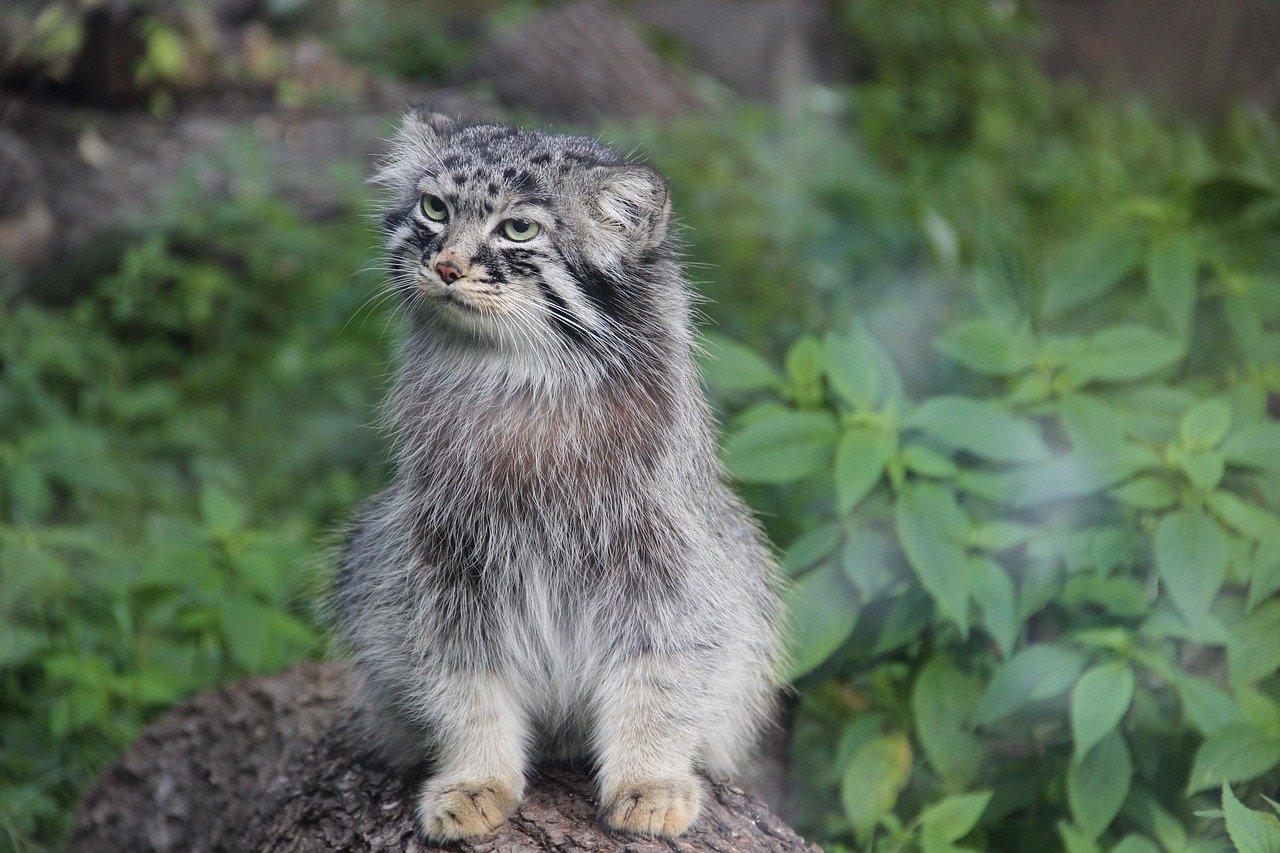
Pallas’s Cat, also known as the Manul, is a small, fluffy feline that roams the rocky steppes and grasslands of Central Asia. These cats have a dense, woolly coat that provides insulation against the cold, while their flattened faces and stocky bodies are perfect for conserving heat. Pallas’s Cats are solitary and elusive, often hiding among rocks and crevices to avoid predators. Their diet consists mainly of small rodents and birds, which they hunt with precision and stealth. Habitat degradation and hunting pose significant threats to their populations, but conservation measures are in place to protect these unique cats. The Pallas’s Cat’s secretive nature and unique adaptations make it a fascinating survivor in one of the world’s harshest climates.
Sand Cat: The Desert Ghost
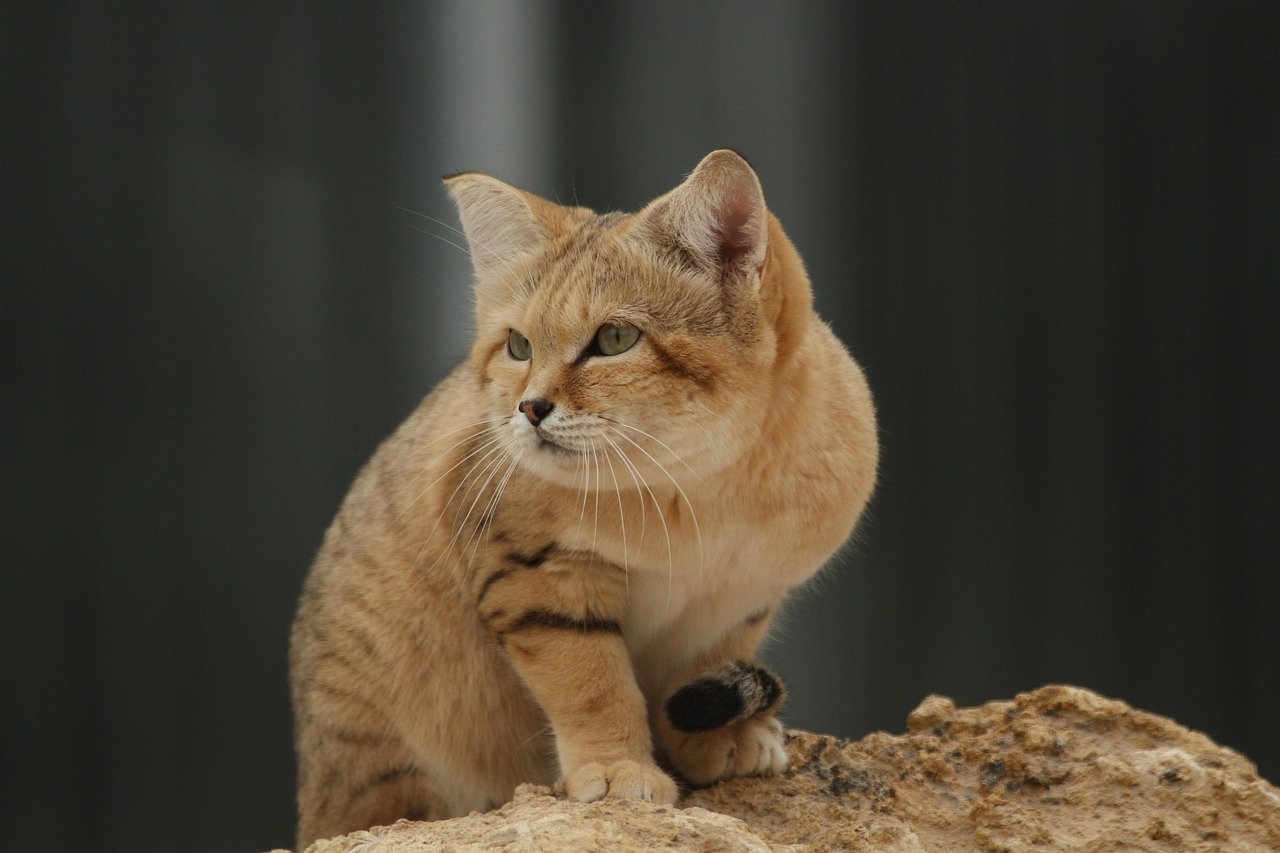
The Sand Cat, a small and elusive feline, is perfectly adapted to the harsh deserts of North Africa and the Middle East. These cats have thick fur on their paws to protect them from hot sand and extreme temperatures. Their sandy-colored coats provide excellent camouflage, making them nearly invisible in their arid habitats. Sand Cats are nocturnal hunters, preying on small rodents and insects. They are highly adapted to life in the desert, able to survive without water for extended periods by obtaining moisture from their prey. Habitat destruction and human encroachment are significant threats to their populations, but conservation efforts are underway to protect these elusive felines. The Sand Cat’s resilience and adaptability make it a true survivor in one of the world’s most challenging environments.
In conclusion, each of these big cats is a remarkable testament to nature’s ability to adapt and thrive in the harshest climates on Earth. From the icy tundras to the scorching deserts, these majestic creatures have evolved to conquer some of the most challenging environments on the planet. Through conservation efforts, we can ensure that these incredible animals continue to grace our world with their presence for generations to come.

Suhail Ahmed is a passionate digital professional and nature enthusiast with over 8 years of experience in content strategy, SEO, web development, and digital operations. Alongside his freelance journey, Suhail actively contributes to nature and wildlife platforms like Feline Fam, where he channels his curiosity for the Feline into engaging, educational storytelling.
With a strong background in managing digital ecosystems — from ecommerce stores and WordPress websites to social media and automation — Suhail merges technical precision with creative insight. His content reflects a rare balance: SEO-friendly yet deeply human, data-informed yet emotionally resonant.
Driven by a love for discovery and storytelling, Suhail believes in using digital platforms to amplify causes that matter — especially those protecting Earth’s biodiversity and inspiring sustainable living. Whether he’s managing online projects or crafting wildlife content, his goal remains the same: to inform, inspire, and leave a positive digital footprint.






